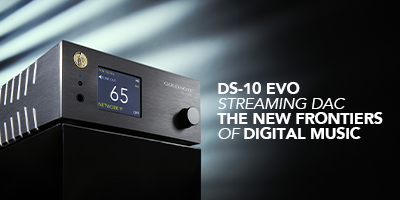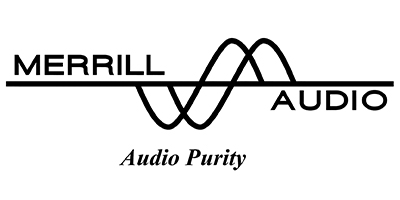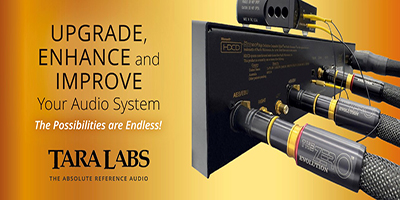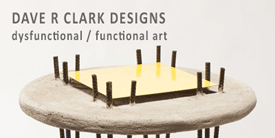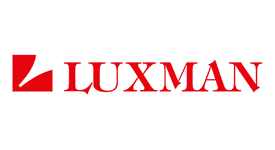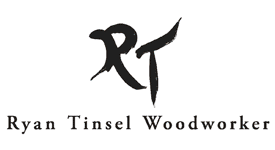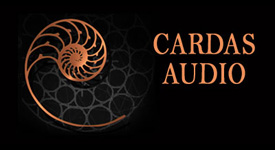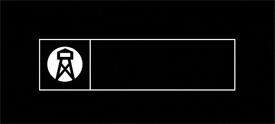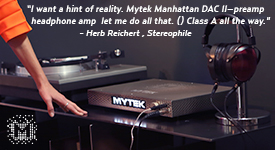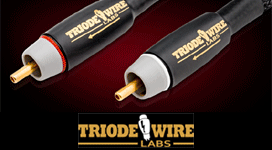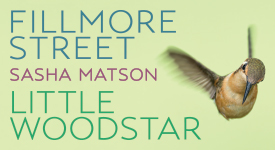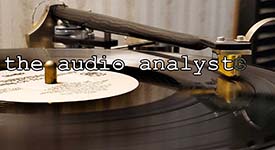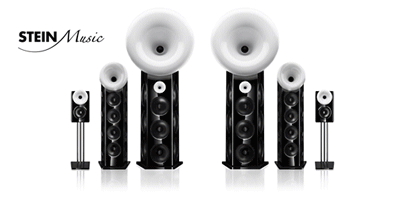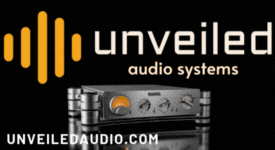It's exciting times here at my place with the arrival of the Duelund CAST pure copper capacitors and inductors for the Duelund-Corona 832A Project - woo hoo!
When the FedEx driver rang my doorbell yesterday, I knew I was in for a remarkable & exciting audio adventure when I saw the parcel from Frederik at Duelund Coherent Audio.
Remember what you felt like as a little kid on Christmas morning?
That's how I feel every time I see a parcel from Frederik, and I can't wait to open it up and look inside.

Each Duelund CAST component has a protective cloth to keep the mirror-finish CAST surface blemish free.
The capacitors & inductors are packed extremely well to protect them from rigors of shipping, and each CAST component is topped with a protective cloth to make sure the CAST mirror-finish top of the component remains blemish free.
I always enjoy just gazing at the Duelund CAST components when they arrive.
These hand-crafted in Denmark capacitors and inductors are a sight to behold.
It might sound funny to say this about electrical components, but these Duelund CAST components are artistic, and dare I say it, even beautiful in their own way.
The beautiful external appearance of the Duelund CAST components is impressive, and their beauty continues inside, where their incredible level of quality and design perfection makes them the most sought after audio crossover components on Planet Earth.
In a future article I'll go into the details of how these capacitors & inductors are constructed, which is a very interesting topic in itself.
Vintage Altec loudspeakers are something special, and as you know I'm a huge vintage Altec loudspeaker fan.
Owning vintage Altec loudspeakers is akin to owning a classic 1957 Chevrolet Corvette automobile, in that they just ooze charm, feeling, and pride of ownership.
Here's a fun fact for you: The Coronas sold for $762 USD a pair in 1957, which in 2025 dollars would be about $7075 USD. A Chevrolet Corvette sold for $3176 USD in 1957, which in 2025 dollars would be about $36,200 USD. That's a cumulative price increase of about 1,044.00% due to inflation.
I can tell you that vintage Altecs better vintage Corvettes in that they are capable of audio performance that betters many contemporary loudspeaker designs, particularly in terms of musical engagement.
Vintage Corvettes - as much as I love them - can't better the performance of a 2025 Corvette, although I'd be very delighted to have a 1957 Corvette in my garage.
Where vintage Corvettes better vintage Altec Coronas is in their investment value today. In 2025 a nice example of a 1957 Corvette generally sells for north of $100K, whereas a nice example of vintage Altec Corona 832As goes for around $9K in 2025.
There's just something special about these highly-sensitive vintage Altec loudspeakers, particularly when combined with single-ended-triode amplification, in that they rather easily make musical magic happen in a way that transports the listener into a realm of esoteric enjoyment that is seldom realized with today's loudspeakers at any price.
Don Garber - of Fi fame - told me about this magical performance aspect of vintage Altec loudspeakers 30 years ago, and it is still as true today as it was 30 years ago.
Each Altec loudspeaker model sounds rather unique due to their differing cabinet designs, high-frequency horns choice, high-frequency compression drivers choice, low-frequency drivers choice, and finally - the subject of this article - the crossovers choice!
Here's a rundown of the particulars of my vintage Altec 832A Corona loudspeakers.
It is a little hard to tell the size of the Coronas from photos, so I included my Tannoy Westminster Royal SE loudspeakers as a size comparator for the Coronas.
The Coronas are big loudspeakers. Not as big as the gigantic West's, but they're big. The Coronas stand about 39 inches high, 37 inches wide, and 24 inches deep, and weigh about 122 pounds each. Still, the Coronas are smaller than their more industrial cousins, the A5's and A7's.
The Coronas (and Lagunas) cabinets were custom made for Altec by Glenn of California, which was a craft furniture maker producing furniture in the California Modernist style that was popular in the 1940s-1950s, and the art-furniture cabinets were one of the Coronas main selling points.
The Altec 832A Coronas' cabinets were designed so they could be easily placed into room corners, like corner horns, although they're not actually a true corner horn as the bass driver is not horn-loaded.
Customers could order Coronas or Lagunas and they were styled to complement the Glenn of California furniture they had in their home, and as such were intended to "disappear" into the corners as functional furniture so they weren't too room dominating. They were considered to be high-performance "art speakers" for a well decorated Glenn of California furnished home.
The components compliment inside my Coronas' Glenn of California cabinets are the 811B high-frequency horns, the 802D high-frequency compression drivers (1957-1972), the 803A low-frequency drivers (1947-1958), and the N800E crossovers (1950s-1970s), which would place these 832A Coronas production circa 1957-1958.
When I saw this pair of vintage Altec Corona loudspeakers for sale at LA Jazz Audio back in 2018, I was reminded of what Keith Aschenbrenner of Auditorium 23 told me years ago, that the 803A Altec driver was one of his all-time favorite low-frequency drivers because of their articulate bass response, due to having lighter cones, which of course added to the intrigue I had for this particular pair of Corona's.
Back in the day, Altec recommended the 803A drivers over the 515B low-frequency drivers (like I have in my A5's) for smaller venues and for home systems, as they had more presence.
With the Coronas placed in room boundary positions (corners) as they are intended to be, their performance is absolutely magic, with superb tone, startling dynamics, vivid presence, and a captivating musicality that I never seem to get tired of.
Well until recently, that is. The components in the crossovers have aged out, and need to be replaced, as their sound quality has deteriorated.
Time to build new crossovers, which brings us to the Duelund-Corona 832A Project that Frederik Carøe and I are collaborating on.
Here’s what the project looks like: The N800E crossover circuit is very simple with 1 capacitor and 1 inductor in the high-frequency circuit, and the same for the low-frequency circuit.
In a simple crossover circuit like this the quality of the component parts is paramount, as every little performance nuance becomes audible.
So for a pair of crossovers that would be four Duelund CAST copper 10.5uF capacitors, and four Duelund CAST copper 3.5mH inductors for the N800E circuit.
I'm still figuring out what resistors to use in the HF part of the N800E circuit. More on that soon.
Below is a photo of the back panel HF attenuator for the N800E crossover.
The Altec N800E crossover has a high-frequency attenuator that allows for adjusting the treble energy to suit the room, or the owner's personal tastes.
I thought I would use the two 16 Ohm L-pads I have here for determining the high-frequency attenuation in the circuit for my room, and then possibly replace the L-pads with fixed resistors.
Or maybe an even better solution would be what Paul James recommended to me, using Dave Slagle's autoformer modules, which are supposed to be much better sounding HF attenuators than L-pads.
That way I could maintain the ability to adjust attenuation for different rooms, while having better sound quality, so I may have to check in with Dave about those.
To make life easier, my first step will be to breadboard the crossovers. I'll use lug connectors so I can assemble the crossovers without soldering, which makes life easier while figuring things out.
Once I get them breadboarded I'll test their performance on the Corona loudspeakers.
The next step will then be to decide if I want to mount the crossovers on the inside or outside of the Coronas, or build external platforms for the crossovers.
I've been thinking that triangular shaped bases incorporating the Duelund CAST crossovers that the Coronas could rest upon would be kind of a cool approach, as that way I could always see those gorgeous Duelund components.
Ok, that's all for now. Much more to come!
A huge "Thank-you!" to Frederik for wanting to do another crossover project with me, you're the best! 🙂
As always, thanks for stopping by, keep dreaming, and may the tone be with you!
Previous Articles In This Series
A new audio DIY project announcement: The Duelund-Corona 832A Project! HERE.

